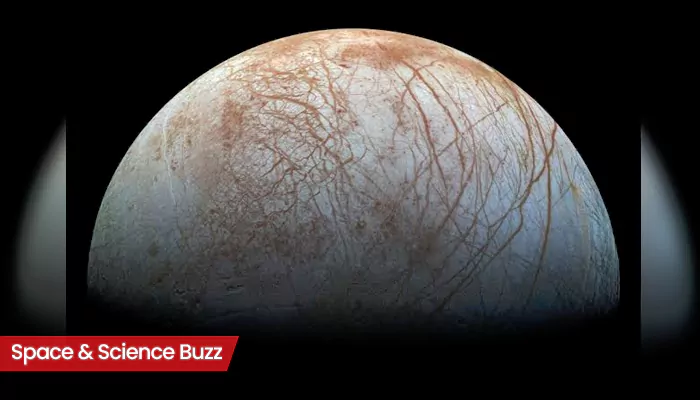Astronomers Capture Groundbreaking Black Hole Awakening: Exploring How Pop Culture Depicts Them vs. Real Observations
- Admin
- 1 year ago
- 4 minutes read

Astronomers recently achieved a groundbreaking observation by capturing the first real-time glimpse of a massive black hole awakening from dormancy. The galaxy SDSS1335+0728, previously considered unremarkable, suddenly began shining brighter than ever before in late 2019, which has puzzled scientists.
Black holes, with their mysterious allure and immense power, have captured the imagination of scientists and storytellers alike. While the scientific community has made significant strides in understanding these enigmatic cosmic phenomena, their portrayal in movies, TV shows, and books often takes creative liberties.
This article explores the differences between real-life observations of black holes and their depictions in popular culture.
The Scientific Reality of Black Holes
In the realm of science, black holes are regions of spacetime where gravity is so strong that nothing, not even light, can escape their pull. They form when massive stars exhaust their nuclear fuel and collapse under their own gravity. Observing black holes directly is impossible due to their nature, but astronomers infer their presence through the effects they have on nearby objects and light.
One of the most groundbreaking real-life observations occurred in 2019 when the Event Horizon Telescope (EHT) collaboration captured the first-ever image of a black hole in the galaxy M87. This image revealed a bright ring formed by the bending of light around the black hole’s event horizon, providing unprecedented insight into these cosmic giants.
Black Holes in Movies
Movies have long been fascinated with black holes, often portraying them as portals to other dimensions or time travel mechanisms. Christopher Nolan’s 2014 film, "Interstellar," is a prime example. The movie’s depiction of the black hole, named Gargantua, was praised for its scientific accuracy, thanks to the collaboration with physicist Kip Thorne. The film’s visuals showed a warped accretion disk and the gravitational lensing effects around the black hole, closely aligning with real scientific predictions.
However, "Interstellar" also took creative liberties, such as the concept of time dilation near the black hole being exaggerated for dramatic effect. While time dilation is a real phenomenon predicted by Einstein’s theory of general relativity, the extreme versions shown in the film are designed to enhance the narrative rather than adhere strictly to scientific reality.
Black Holes on TV
Television series often simplify or exaggerate black hole phenomena for storytelling purposes. For instance, in the popular science fiction series "Star Trek," black holes are frequently used as plot devices to create tension and drama. In the episode "Parallax" from "Star Trek: Voyager," a black hole is depicted as a singularity that creates a time loop, trapping the ship and crew.
While black holes can indeed have complex effects on spacetime, such dramatic and easily escapable scenarios are not grounded in real physics. Real black holes would pose far more significant and deadly challenges, with their immense gravitational forces making close encounters extremely dangerous.
Black Holes in Literature
Books offer a diverse range of black hole portrayals, from hard science fiction to fantastical interpretations. In Larry Niven’s novel "A Hole in Space," black holes are used as interstellar travel portals. This concept, while thrilling, is purely fictional, as current scientific understanding does not support the idea of black holes as traversable pathways.
On the other hand, Stephen Hawking’s "A Brief History of Time" provides a more accurate and accessible explanation of black holes, reflecting real scientific theories and observations. Hawking’s work helps bridge the gap between complex scientific concepts and public understanding, demonstrating the importance of factual accuracy in literature.
Pop culture’s fascination with black holes significantly influences public perception, often blurring the line between fact and fiction. While movies, TV shows, and books play a crucial role in popularizing science and sparking interest in astrophysics, they can also perpetuate misconceptions.




.WEBP)







